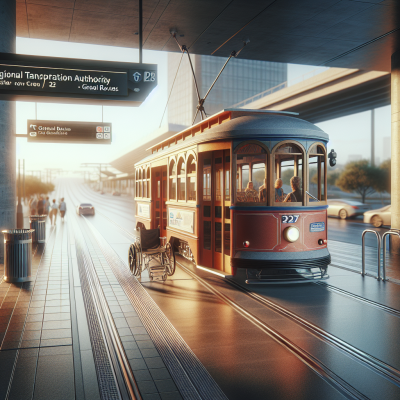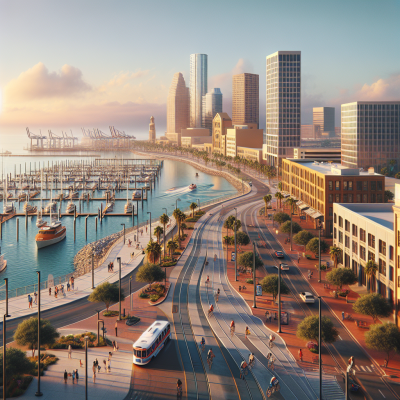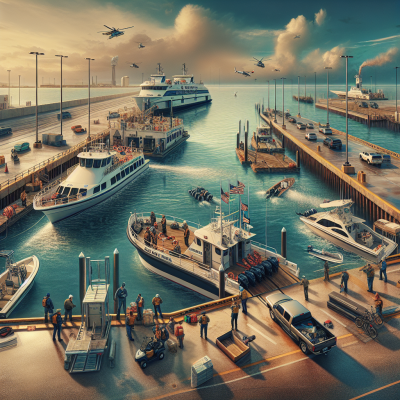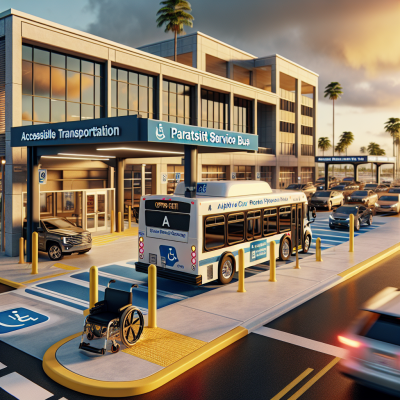
Transportation in Corpus Christi: A Comprehensive Guide
Understanding Corpus Christi's Transportation Landscape
Geographical Layout and Its Impact on Transportation
Corpus Christi, often referred to as the Sparkling City by the Sea, boasts a unique geographical setting that significantly influences its transportation network. Situated on the South Texas coast, the city's layout includes a blend of urban areas, suburban districts, barrier islands, and extensive waterfronts. This diverse topography impacts transportation development and the daily travel patterns of its residents and visitors.
The city is positioned along the Gulf of Mexico and is bounded by the Intracoastal Waterway, creating both opportunities and challenges for transportation. The presence of these large water bodies necessitates the integration of bridges, causeways, and ferry services to connect various parts of the city. For example, the John F. Kennedy Causeway connects the mainland to Padre Island, enabling smooth transit for both residents and tourists accessing the city's popular beaches.
Corpus Christi's grid-like downtown area seamlessly integrates with its surrounding neighborhoods, allowing for efficient roadways and public transport routes. Nevertheless, the expansion into suburban areas and the need to navigate around natural barriers, such as the bay and the islands, require innovative transportation solutions to maintain connectivity and reduce congestion.
Overview of Transportation Options
Corpus Christi offers a variety of transportation options catering to the diverse needs of its population. Understanding these options is crucial for navigating the city efficiently, whether you're a resident, commuter, or tourist. Here is an overview of the primary modes of transportation available:
-
Public Transportation: The Corpus Christi Regional Transportation Authority (CCRTA) provides bus services throughout the city and surrounding areas. With several routes connecting key destinations, CCRTA is an essential mode of travel for those without private vehicles or preferring public transit.
-
Driving: For those who prefer driving, Corpus Christi has a network of highways and roads that facilitate travel across the city and beyond. Major roads such as South Padre Island Drive and I-37 are vital corridors connecting different parts of the city.
-
Cycling: Cycling is increasingly popular in Corpus Christi, supported by the growing infrastructure of dedicated bike lanes and scenic trails. This eco-friendly mode of transportation offers a leisurely way to explore the city's beauty.
-
Walking: Certain areas of Corpus Christi, like the Downtown and the Bayfront District, are pedestrian-friendly, making walking a viable and enjoyable option, especially for short distances and sightseeing.
-
Water Transportation: Given its coastal location, Corpus Christi offers ferry services and recreational boating options, providing a unique perspective of the city and catering to both commuters and leisure seekers.
-
Air Travel: For longer distances, Corpus Christi International Airport (CRP) serves as the primary gateway, with several airlines offering flights to various destinations.
-
Alternative Transport: Ride-sharing services and traditional taxis provide flexible and convenient travel options, complementing public transport and personal vehicles.
The interplay between these transportation modes helps address the city's diverse travel demands, aiming for a seamless transit experience for all. By leveraging its geographical assets and continuously improving its transportation infrastructure, Corpus Christi keeps moving forward as a dynamic and accessible city.
Planning Your Trip to Corpus Christi?
How can we help you with your visit? Ask us anything: from restaurant recommendations to concerts happening this weekend, weather updates, and more.
We’re here to make your trip unforgettable!









